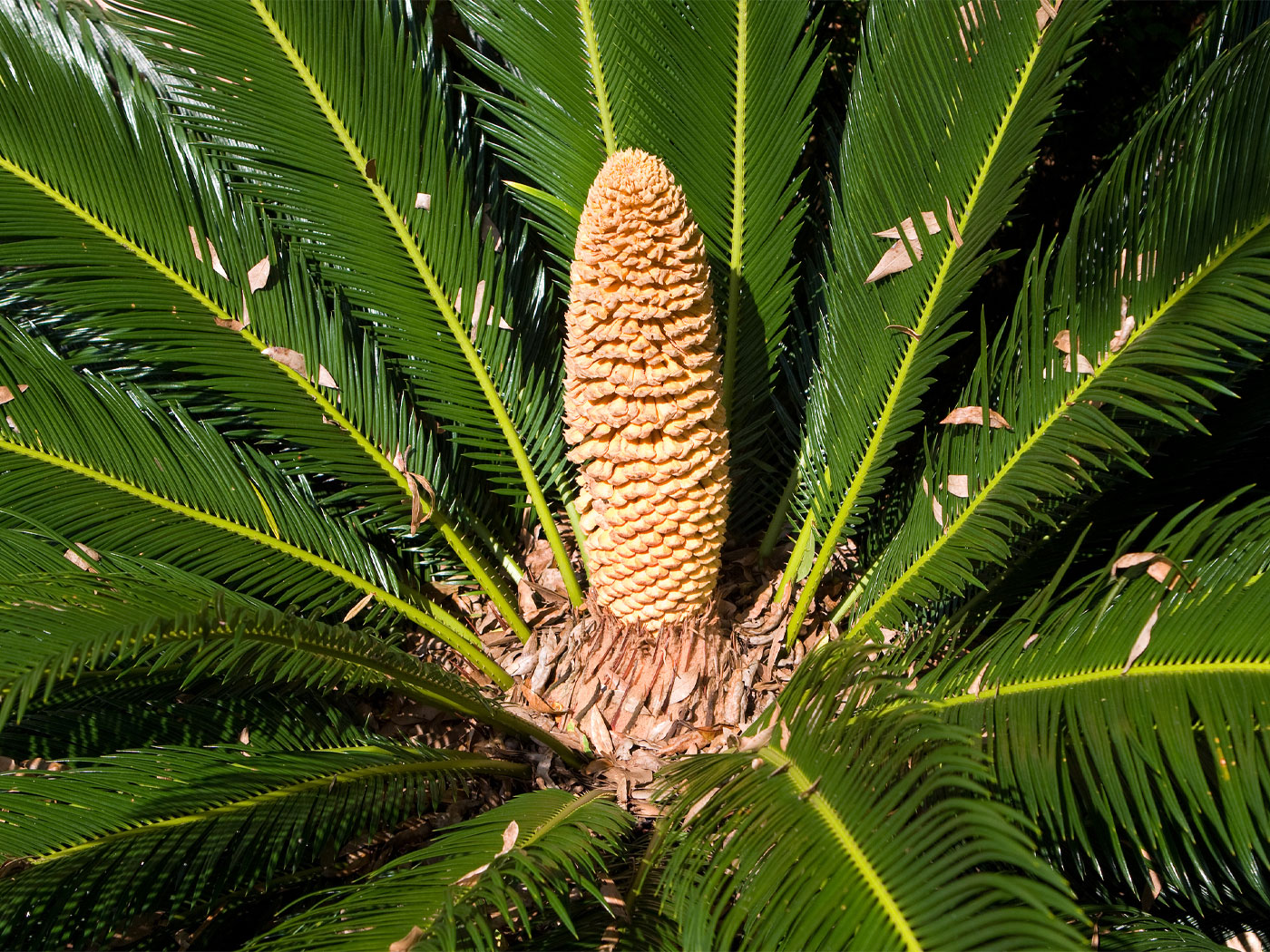“Darwin’s finches” are a variety of small black birds that were observed and collected by British naturalist Charles Darwin during his famous voyage on the H.M.S. Beagle in the early 1800s. Years later, Darwin argued that subtle variations in their beak sizes supported his concept that all organisms share a common ancestor (a theory known as macroevolution). The finches, whose technical name is Geospiza, have since become classic evolutionary icons.
Husband and wife researchers Peter and Rosemary Grant have studied Darwin’s finches on the Galapagos Islands for 35 years. In 1981, they noticed a particular finch fly to the island of Daphne Major. It was about five grams heavier, had a larger beak, and sang a slightly different tune than indigenous Daphne Major finches. It interbred with a local finch and left descendants.
In the fourth generation, “after a severe drought, the lineage was reduced to a single brother and sister, who bred with each other.”1 Their descendants have carried on the family traits. The Grants reported in a study on the birds published in Proceedings of the National Academy of Sciences that “our observations provide new insight into speciation and hence, into the origin of a new species.”2 But the details show that this new “species” is just a variation within the finch kind, and is therefore irrelevant to big-picture evolution.
Genus Geospiza contains six species, and these are usually distinguished by the songs that the males sing primarily to attract breeding partners. However, if a father bird dies while his chicks are young, and all they hear is the neighboring song of a different species, for example, young birds can learn the wrong songs. When these mature, they sing the song of, and breed with, the foster father’s species. Other scenarios result in crossbreeding between Geospiza species.
In fact, the founding bird of the “new species” featured in this study was itself a hybrid, mostly from G. fortis, but with some G. scandens in its lineage. None of these fluctuations in traits have added new structures or capabilities, and all the birds studied over the decades remain true to their Geospiza kind. Thus, they are a portrait of hereditary conservation—not a portrait of macroevolutionary change.
Furthermore, the authors listed four reasons why it is unlikely that this new population will remain a distinct species. It is so small that a random fluctuation in breeding rates could wipe it out. The birds might become outcompeted for essential resources by neighboring species. They may interbreed with others, right back into the general Geospiza population. Or, they may implode due to the genetic degradation that comes from inbreeding.
Thus, “it is too early to tell” whether this new species will persist.2 It is therefore likely that this speciation event, which had nothing to do with Darwinian competition or neo-Darwinian selection of mutations, will be erased. And if and when that happens, its relevance for demonstrating “evolution” will have been erased—not that it demonstrated any relevant innovation in the first place.
After studying other evolutionarily directionless trends in Darwin’s finches, it has become apparent that Charles Darwin used these birds as ad hoc illustrations for his grand but unsupported story.3 Neither his book On the Origin of Species nor these later studies have provided any evidence to reasonably explain a step–by-step process whereby nature originates a new living body form―not even a new family, let alone a new phylum.
References
- Grant, P. R., and B. R. Grant. 2009. The secondary contact phase of allopatric speciation in Darwin’s finches. Proceedings of the National Academy of Sciences. 106 (48): 20141.
- Ibid 20146.
- Grant and Grant had their research described by bestselling author Jonathan Weiner in the 1995 book The Beak of the Finches. It highlighted climate-related rotation in finch beak sizes. Like interbreeding between Geospiza, this fluctuation showed conservation, not innovation.
Image credit: Mark Putney
* Mr. Thomas is Science Writer at the Institute for Creation Research.
Article posted on December 9, 2009













